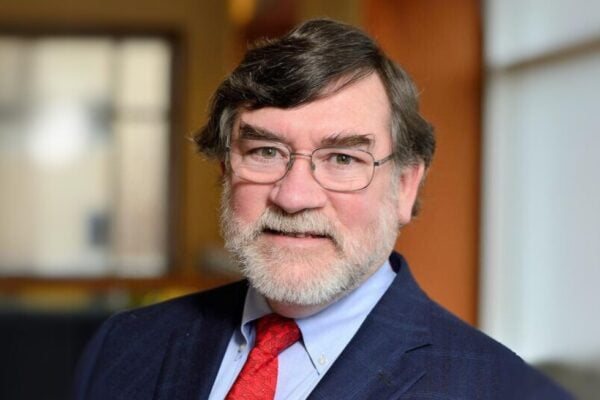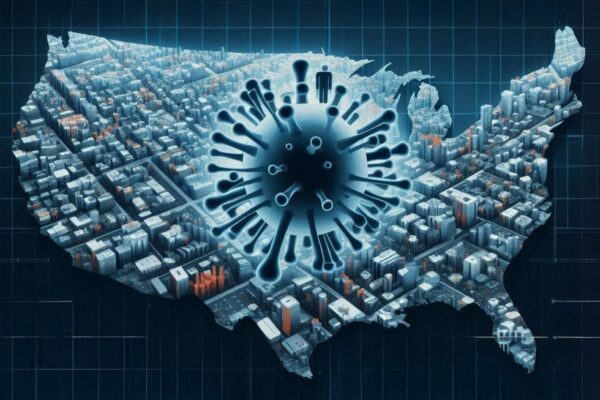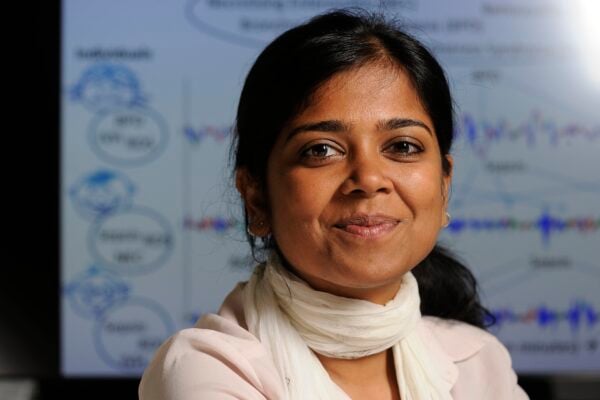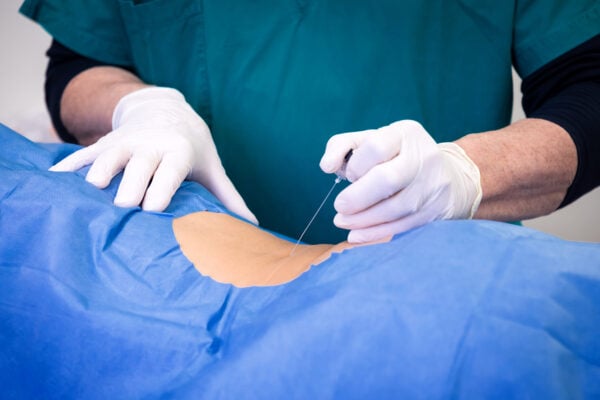By: Jaimie Patterson

Malone Center launches summer internship program
- October 29, 2024
- Center NewsStudent Stories
The goal of the program is to establish stronger ties with universities in Mexico and Latin America and encourage students from these institutions to apply to schools like Johns Hopkins.

Christopher G. Chute elected to National Academy of Medicine
- October 23, 2024
- Center News
Membership in the National Academy of Medicine recognizes individuals who have demonstrated outstanding professional achievements and commitment to service.

Johns Hopkins engineers uncover new insights in COVID-19 mortality patterns
- October 15, 2024
- COVID-19
Using a novel, comprehensive methodology, a team led by John C. Malone Assistant Professor of Civil and Systems Engineering Kimia Ghobadi analyzed mortality-influencing factors to inform future pandemic public health strategies.

Suchi Saria named 2024 WebMD Health Hero
- October 10, 2024
- Center NewsMachine Learning and Artificial Intelligence
This year’s WebMD Health Hero Awards recognize individuals who are leveraging AI to transform health care.

New wearable augmented reality device could improve accuracy of spinal tap procedures
- October 3, 2024
- Medical ImagingRobotics, Augmented Reality, and Devices
Johns Hopkins researchers partnered with a local imaging device company to develop an efficient, real-time lumbar puncture guidance system.

Mark Dredze receives Optum Research Award
- September 16, 2024
- Center NewsMachine Learning and Artificial Intelligence
The award will support his research on using large language models to build clinical question-answering systems that preserve patient privacy.